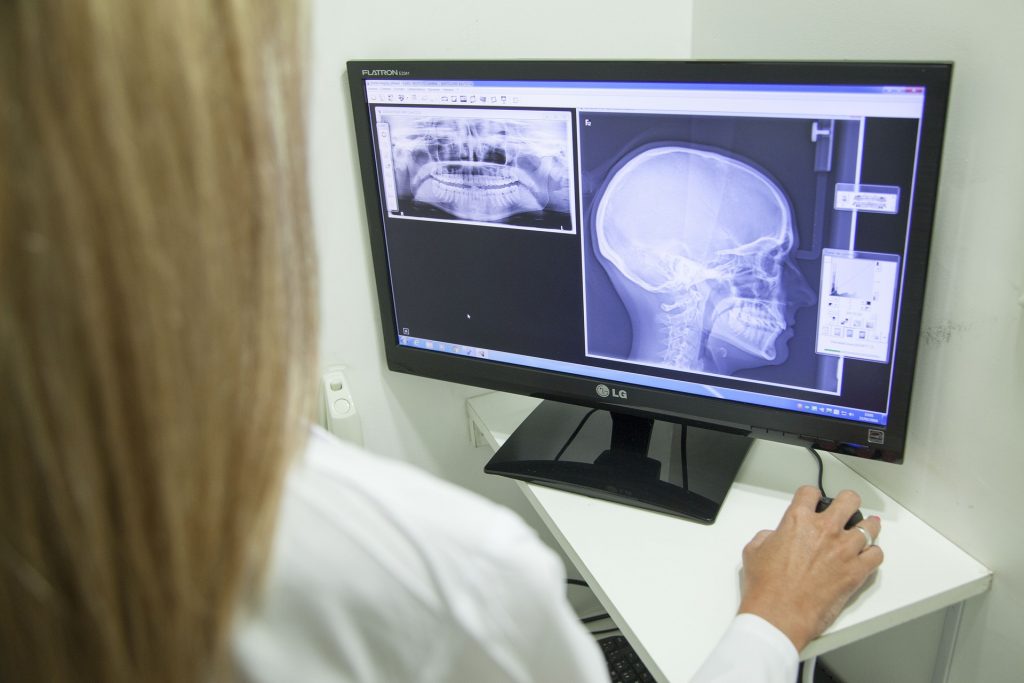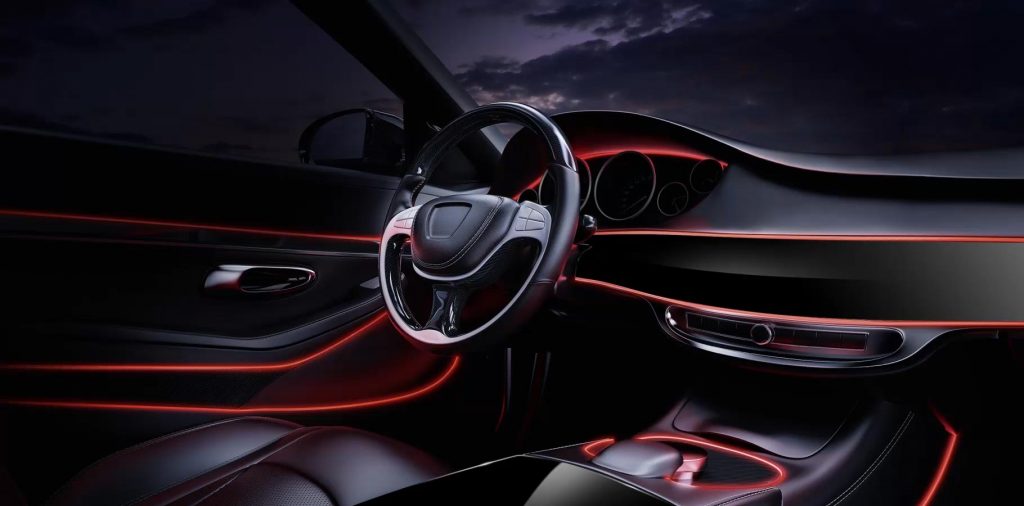Every day that goes by, fiber optic technology proves to be the future of digital communication. It carries a considerable amount of data over long distances at the speed of light and secures the information that is to be transmitted.
But did you know Fiber Optic technology is of great use in other fields besides telecommunication? Fiber optic is used in medicine, decoration, seismology, and many, many others. Read on to find out more.
Fun things first – DECORATION!

Christmas is not that far and for sure you already started thinking about what decoration you could buy to impress your neighbors. Well, good news! Fiber optics might be exactly what you are looking for. For many years now, fiber optic was used in decorations as it is an attractive and economical way of illumination. Besides the already traditional Christmas decorations, it is also used for museum exhibitions and in underwater lightning because they are heat-free and do not conduct electricity.
Car industry
In the automotive industry, fiber optic light applications are used, as they can be installed in small spaces and transmit cold light. Volvo, BMW, Audi, and many other big brands are using fiber optic technology to build the communication systems that connect airbags with sensors and traction control devices.
Medicine

Already old news, but fiber optical is used in different medical procedures. Fiber optics made a great number of surgeries to be minimally invasive. Diagnosis is easier these days due to implements such as fiber optic cameras. The fiber technology is also used in X-ray imaging, light therapy, dental headpieces, surgical microscopy, and endoscopy.
Seismology

Recently, researchers have developed a technology that detects seismic activity through jiggling in fiber optic lines. This system can not only determine how strong the seismic waves are, but it can also spot every minor quake that usually goes unnoticed. You can read more here.
Inspections

Optical Fiber sensors are used to inspect vibrations and rotations in highways, buildings, bridges, airplane wings and sports equipment. The sensors work with a detector arrangement that measures the changes that happen while the light travels through the optical fiber.



